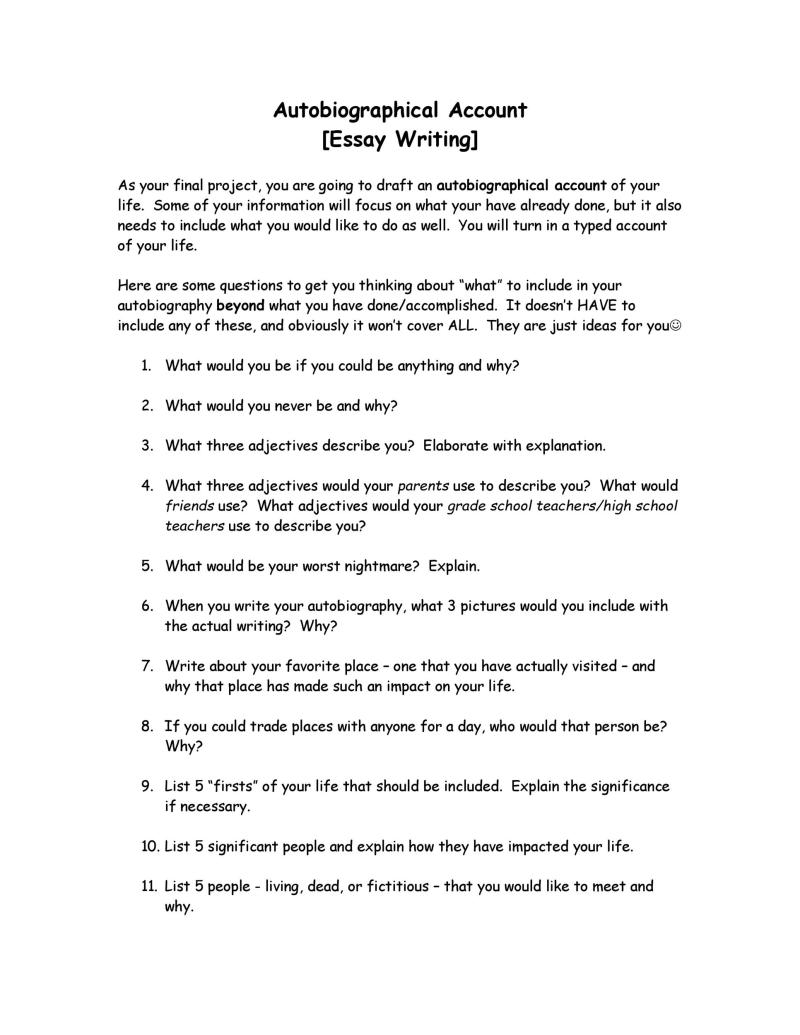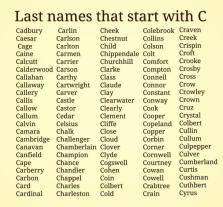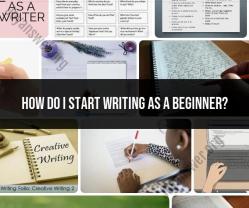How do you write an autobiography?
Writing an autobiography is a deeply personal and rewarding endeavor that allows you to share your life story with others. Here’s a step-by-step guide to help you get started:
Reflect on Your Life: Take time to reflect on key moments, experiences, and people that have shaped your life. Consider significant events, challenges, achievements, and turning points.
Outline Your Story: Create an outline or timeline of your life. Divide it into sections or chapters, organizing events chronologically or thematically.
Find Your Focus: Determine the central theme or message you want to convey. It could be resilience, personal growth, a quest for knowledge, or any other defining aspect of your life.
Be Authentic: Write in your own voice. Authenticity is crucial in autobiographies. Readers connect more deeply with genuine, honest storytelling.
Start Writing: Begin with a captivating introduction that draws readers in. Share anecdotes, emotions, and vivid descriptions to bring your experiences to life.
Detail Your Experiences: Write about significant events and emotions associated with them. Describe settings, people, feelings, and thoughts to create a vivid picture for the reader.
Include Lessons Learned: Reflect on the lessons you've learned from various experiences. Discuss how these moments impacted your life and shaped your beliefs or values.
Show Growth and Change: Illustrate personal growth, changes in perspectives, and how you evolved over time. Share your transformation and what led to it.
Describe Relationships: Discuss the impact of relationships—family, friends, mentors, and adversaries—on your life. Highlight meaningful interactions and how they influenced you.
Stay Organized: Maintain a clear structure and flow in your writing. Transition smoothly between different phases of your life, ensuring coherence and readability.
Edit and Revise: After writing your first draft, revise and edit it thoroughly. Check for clarity, grammar, and coherence. Consider seeking feedback from trusted individuals.
Craft a Compelling Conclusion: Conclude your autobiography by summarizing key points and offering reflections on the overarching themes of your life.
Remember, an autobiography doesn't have to encompass every detail of your life. Focus on significant moments that contribute to the central narrative you want to share. Lastly, writing an autobiography can be a cathartic experience, allowing you to gain new insights into your life and leaving a lasting legacy for yourself and others.
Crafting an Autobiography: Guidelines, Essential Elements, and Effective Structuring
1. Guidelines for Crafting an Autobiography
An autobiography is a self-written narrative of one's life, offering a personal account of experiences, thoughts, and emotions. Crafting an autobiography involves delving into your past, selecting meaningful moments, and weaving them into a compelling story that resonates with readers.
Here are some guidelines for crafting an autobiography:
Determine Your Purpose: Before you begin writing, consider your purpose for writing an autobiography. Are you seeking to document your life for personal reflection, share your experiences with others, or inspire others through your journey?
Identify Your Audience: Who are you writing for? Understanding your target audience will help you tailor your tone, style, and content to effectively engage them.
Gather Your Memories: Embark on a journey of self-reflection and recall significant events, influential people, and pivotal moments that have shaped your life.
Organize Your Material: Create a timeline of your life, noting key milestones and turning points. This will help you structure your narrative and ensure a logical flow of events.
Find Your Voice: Write with authenticity and honesty, allowing your unique perspective and personality to shine through. Your voice is what will connect with readers on a personal level.
Seek Feedback: Share your work with trusted friends, family members, or writing mentors to gain valuable feedback and insights. Their perspectives can help refine your storytelling and identify areas for improvement.
2. Essential Elements to Include in an Autobiography
While autobiographies can vary in style and approach, certain elements are common across engaging and effective narratives. These elements provide a framework for sharing your life story in a compelling manner:
Early Life and Influences: Introduce yourself and provide context about your upbringing, family background, and the formative experiences that shaped your early years.
Personal Growth and Development: Share pivotal moments, challenges, and triumphs that have contributed to your personal growth and development.
Significant Relationships: Highlight meaningful relationships with family members, friends, mentors, or other individuals who have played a significant role in your life.
Impactful Experiences: Describe experiences that have left a lasting impact on you, shaping your worldview or influencing your life's trajectory.
Reflections and Insights: Offer your personal reflections and insights on the events and experiences you share, providing readers with a deeper understanding of your perspective.
3. Tips and Techniques for Effective Structuring
Structuring your autobiography effectively is crucial for engaging readers and ensuring a cohesive narrative. Here are some tips and techniques:
Chronological Order: The most common approach is to follow a chronological order, starting from your early childhood and progressing through major life events.
Thematic Structure: To highlight specific themes or challenges, you can organize your story around these overarching themes, weaving in relevant experiences from different periods.
Non-Linear Narrative: For a more creative approach, you can employ a non-linear narrative, jumping between time periods to create suspense and reveal insights gradually.
Frame Structure: Use a framing device, such as a specific event or reflection, to anchor the story and provide a context for the narrative.
Chapter Organization: Divide your autobiography into chapters, each focusing on a specific theme, time period, or significant event.
Transitions and Signposts: Use clear transitions to guide readers between chapters or time periods, and provide signposts to indicate changes in time or perspective.
Remember, there is no one-size-fits-all approach to structuring an autobiography. The most effective structure will depend on the nature of your story, your personal style, and the overall message you aim to convey.













